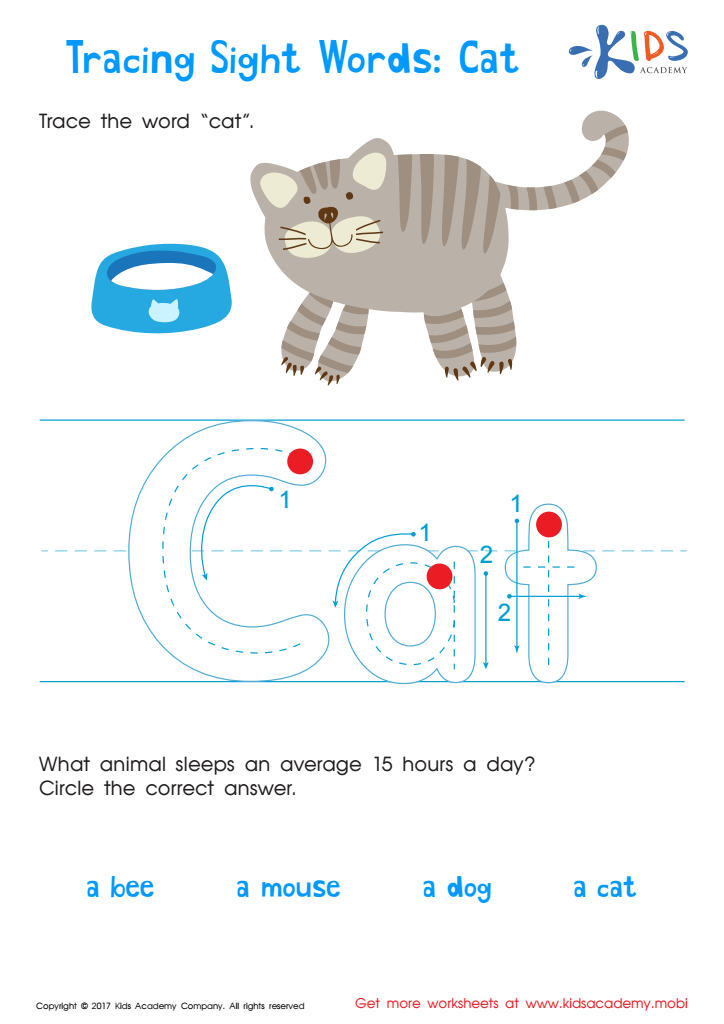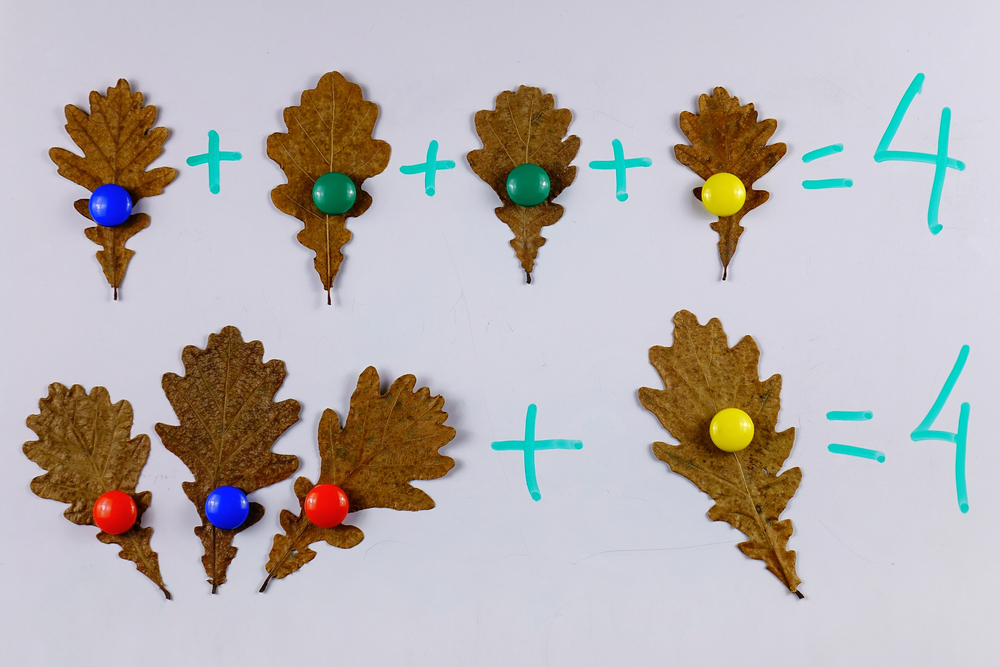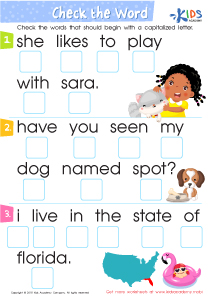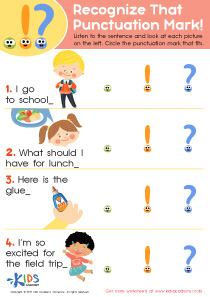Sight word recognition Normal Tracing Words Worksheets for Ages 3-4
3 filtered results
-
From - To
Discover our Sight Word Recognition Normal Tracing Words Worksheets, designed specifically for children ages 3-4. These engaging worksheets help young learners develop essential reading skills by tracing high-frequency sight words. By practicing these words through interactive tracing activities, kids boost their vocabulary, improve their handwriting, and enhance their overall literacy. Our worksheets are colorful and age-appropriate, making learning fun and enjoyable. Perfect for parents and educators, these resources foster an early love for reading and set a solid foundation for future learning. Explore our collection today and watch your child thrive in their reading journey!


Cat Printable Sight Words Worksheet


Dog Worksheet Sight Words Worksheet
Sight word recognition and normal tracing are essential components of early literacy development for children aged 3-4. Parents and teachers should care about these skills because they form the foundation for reading proficiency. Sight words are frequently used words that children learn to recognize instantly, without needing to sound them out. Mastering these words facilitates smoother reading and helps build confidence as children encounter texts.
Normal tracing helps young learners develop fine motor skills and hand-eye coordination, crucial for writing. These activities engage children in a fun and interactive manner, making learning feel like play. Additionally, recognizing sight words enables children to begin reading simple sentences, enhancing comprehension and vocabulary simultaneously.
Moreover, mastering these skills at an early age can lead to improved academic performance later on. Children who are proficient in recognizing sight words tend to read more fluently, which in turn fosters a love for reading. By promoting sight word recognition and tracing activities, parents and teachers not only support language development, but also encourage critical cognitive and motor skills that will benefit children in all areas of learning. Engaging children in these activities cultivates a lifelong passion for literacy and knowledge exploration.
 Assign to My Students
Assign to My Students















